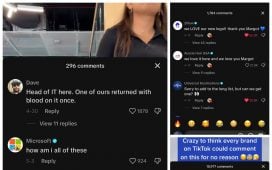Are brand owners too quick to fix what ain’t broke and, in doing so, put at risk the benefits of advertising that is not only powerful but consistent?
Creating memory structure – where a property is fully stored in the brain – takes between two and three years of consistent marketing. Yet agencies and brands often switch campaigns before that time is up. Sometimes long before. Why?
In the United Kingdom, the day has come and gone for the canine stars – and the feline ones –
of O2’s much-lauded ‘Be more dog’ campaign. Although the ‘Be more’ concept is not being axed, the fact is ‘Be more dog’ has given the brand a personality that connects with all kinds of consume
To continue reading this article you need to be registered with Campaign. Registration is free and only takes a minute. Register Now or sign in below if you already have an account.









